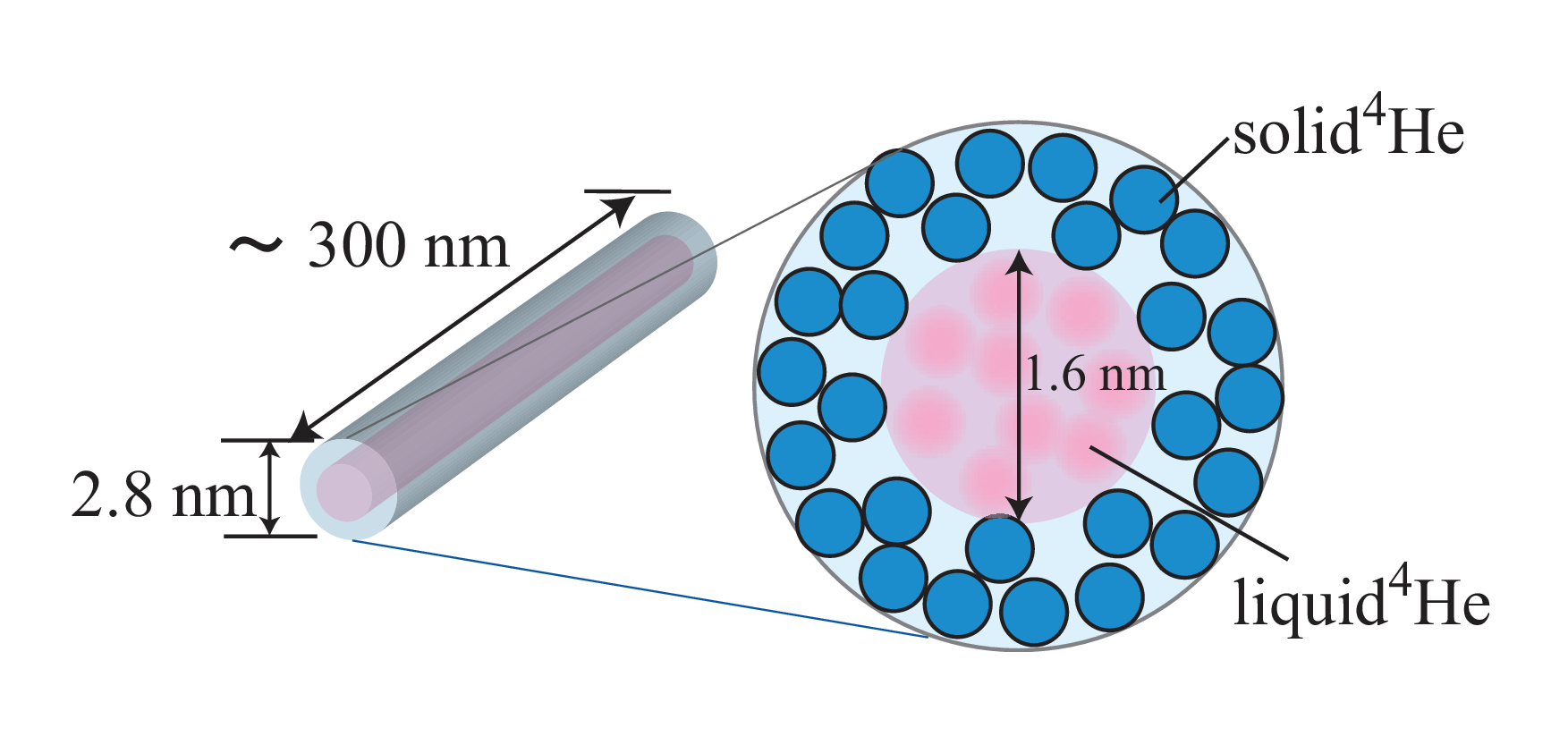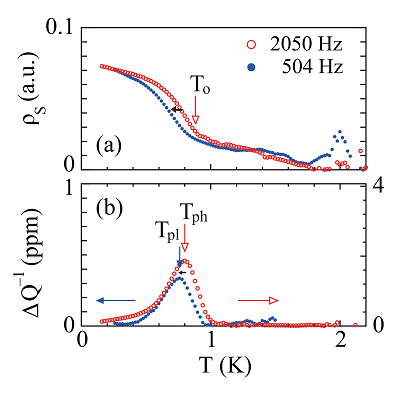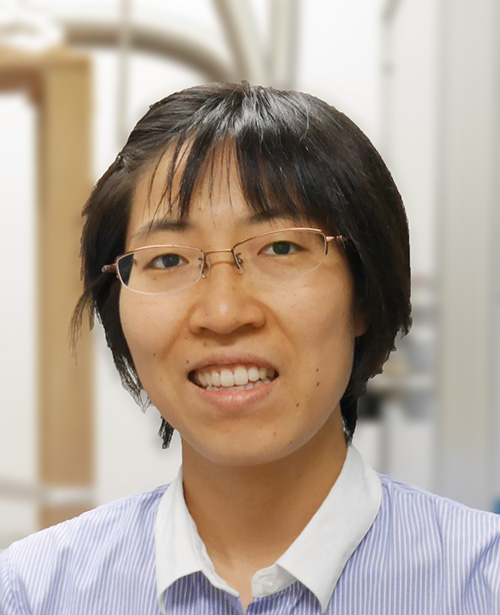June 2016 Issue
Topics
Quantum physics: Superfluidity of helium in one dimension
"My fascination with physics was sparked by an excellent science teacher at school," says Junko Taniguchi, assistant professor at the Department of Engineering Science. "At university I was initially tempted to pursue chemistry, but I became interested in the concept of quantum physics, wave functions, and superfluidity that led to my current research, which is an experimental application of wave functions. One dimensional superfluity is a challenging and fascinating area of research. I am studying the mysterious changes in the state of helium (4He) at low temperatures when the substance is confined to move in only one dimension."
Recent research highlights
In the three dimensional macroscopic world, Helium (4He) shows strong quantum effects and does not freeze at absolute zero but instead changes from a gas, to a liquid, and finally a superfluid--a liquid state where it flows without viscosity. But what happens if 4He is confined to one dimensional? Theory predicts that the superfluidity should appear in 1D.
Here, Junko Taniguchi and her colleagues constructed dedicated 'double torsional oscillators' to experimentally test samples of 4He confined inside 2.8 nm diameter pores formed inside Folded Sheets Mesoporous materials (FSM). "Our so-called frequency dependent experiments agreed with theoretical predictions and we detected superfluidity in pore diameters larger than 2.8 nm," says Professor Taniguchi. "Our findings are a major breakthrough in superfluidity."
Future plans include verifying the theoretically predicted power-law frequency dependence of superfluidity using a new frequency variable torsional oscillator that is currently under construction, and the search for the origin of two stage growth, again using a specially designed 'superfluid detector that is composed of a Helmholtz resonator.
References
- K. Demura, J. Taniguchi, M. Suzuki, Dynamical Superfluid Response of 3He-4He Solutions in a Nanometer-Size Channel, Journal of Physical Society of Japan 84, 09406, (2015).
- S. O. Diallo, R. T. Azuah, D. L. Abernathy, J. Taniguchi, M. Suzuki, J. Bossy, N. Mulders, H. R. Glyde, Evidence for a Common Physical Origin of the Landau and BEC Theories of Superfluidity, Physical Review Letters 113, 215302, (2014).
- H. Kiriyama, J. Taniguchi, M. Suzuki, and T. Takagi, Path Integral Calculation of 4He in One-Dimensional Channel Model, Journal of Physical Society of Japan 83, 044601, (2014).
- Junko Taniguchi, Toshio Mouri, Masaru Suzuki, Mitsunori Hieda, Tomoki Minoguchi, Competition Between the Superfluid Overlayer and the Mobile Solid Layer of 3He-4He Mixture Films on Porous Gold, Journal of Low Temperature Physics 175, 414, (2014).
- J. Taniguchi, K. Demura, M. Suzuki, Dynamical superfluid response of 4He confined in a nanometer-size channel, Physical Review B 88, 014502, (2013).





